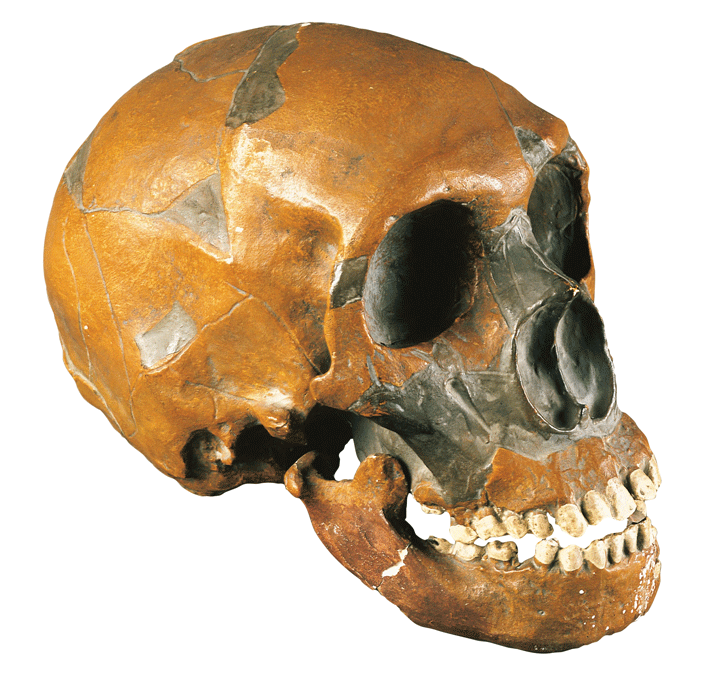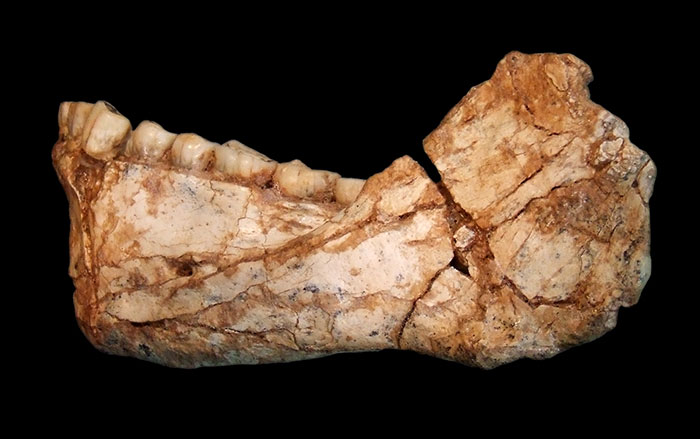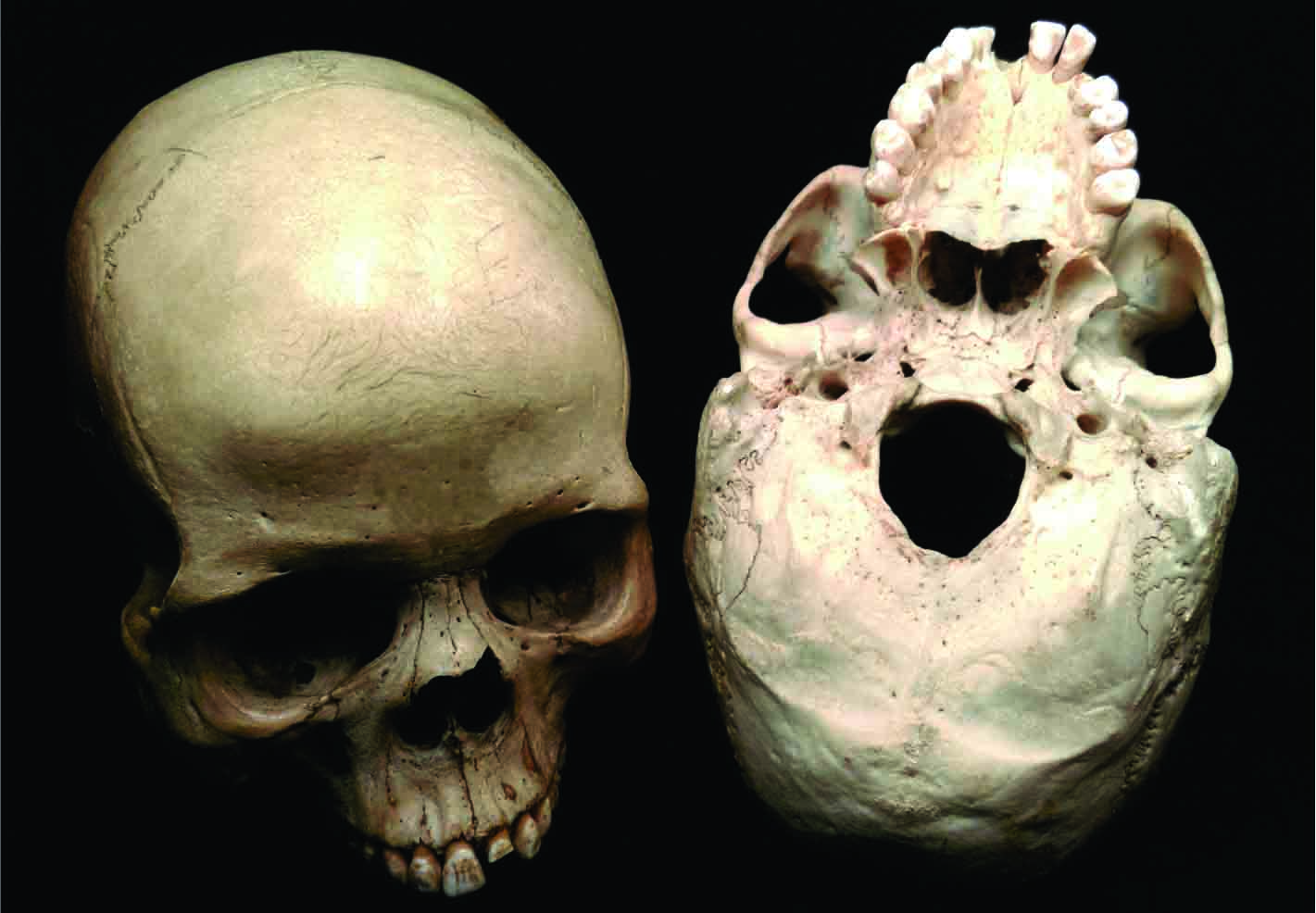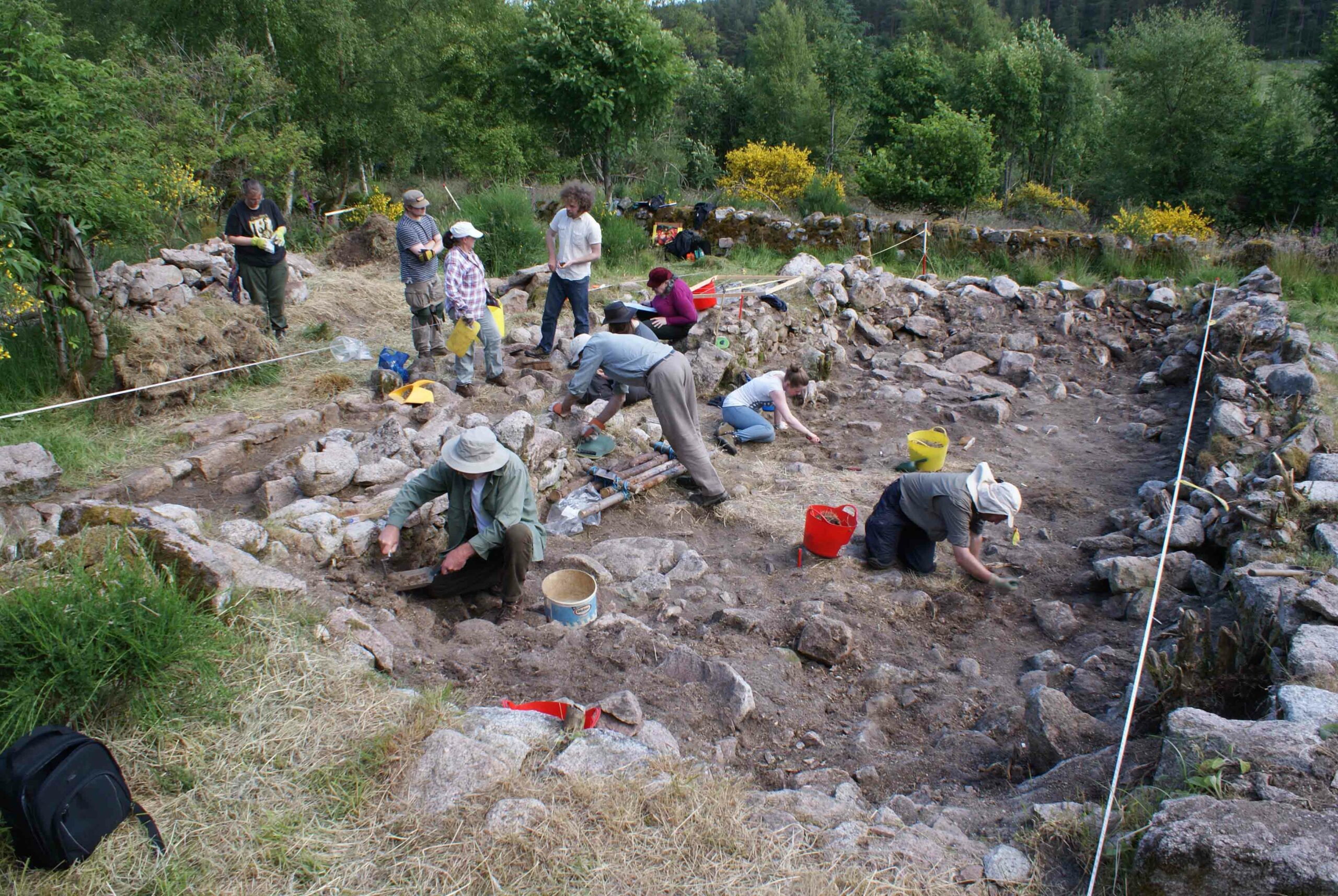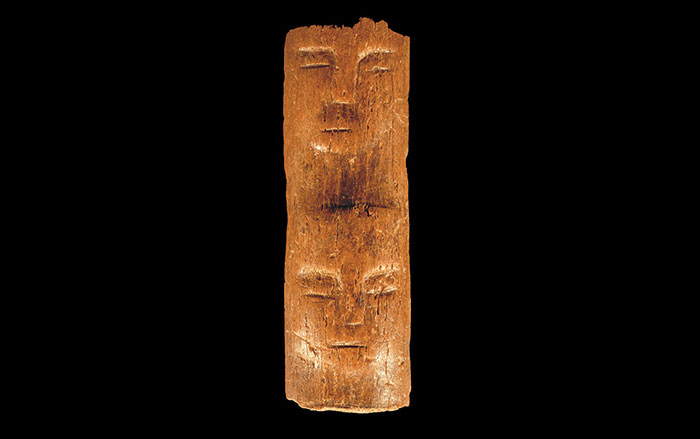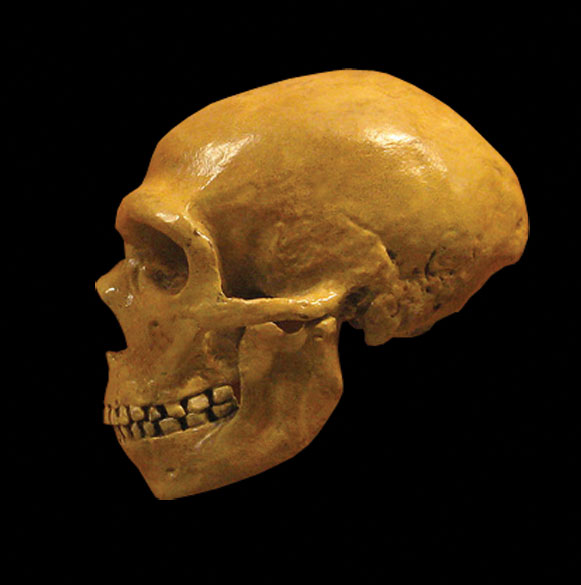
Modern humans share some 99.7 percent of our DNA with Neanderthals. They are our closest evolutionary cousins, but the differences between us run deeper than that 0.3 percent. Much of what distinguishes the two groups is actually the result of how and when genes are expressed and regulated—essentially, turned on and off. Similar, or even identical, stretches of DNA can produce vastly different traits, such as longer limbs or smaller brains, depending on how and when certain genes are actively producing protein. The study of these processes is known as epigenetics.
Scientists at the Max Planck Institute for Evolutionary Anthropology sequenced Neanderthal DNA in 2010, and now researchers there and at the Hebrew University of Jerusalem are beginning to understand some of the epigenetic differences between humans and Neanderthals. “Studying this is of equal importance to studying the genetic differences,” says Liran Carmel of the Hebrew University.
By looking at the way that Neanderthal DNA chemically degraded over millennia in the ground, the researchers were able to reconstruct how certain molecules, called methyl groups, were attached to the DNA. Methyl groups can help determine how much of a particular protein a gene creates. The research showed that certain Neanderthal genes had different patterns of attached methyl groups, compared with corresponding portions of the modern human genome. As a result, strikingly similar stretches of DNA could produce two very different hominins.
For example, two genes involved in limb development have different patterns of methyl groups, which may be why we have longer arms and legs than Neanderthals did. Similar differences were observed in genes associated with brain development and susceptibility to certain diseases. Carmel believes that as more Neanderthal DNA is analyzed, we will begin to understand the evolutionary changes that created the modern human. “There is a huge potential,” he says. “Studying epigenetic characteristics could be of great importance for zooming in on the properties that have shaped what we are today.”


